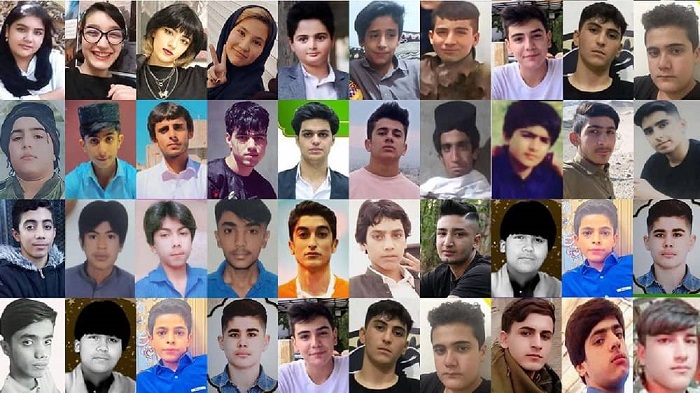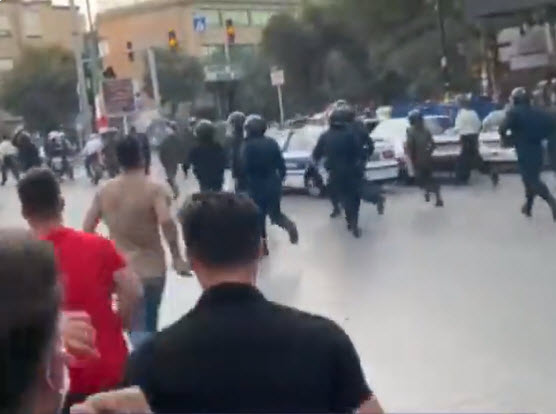
As the countrywide uprising in Iran enters its fourth month, citizens from all walks of life are calling for significant change. While many people attribute the protests to the country’s Generation Z, an in-depth examination suggests that the national demand for freedom and democracy transcends generations.
“There are two pillars in our system: the people and the supreme leader. Their connection is critical. The enemy is targeting both pillars in this sedition [regime’s derogatory term for the uprising]. “They are targeting the forces, increasing popular apathy, and exacerbating the authorities’ fear,” Hossein Taeb, the regime’s Revolutionary Guards (IRGC) commander’s advisor, said on December 8, according to Iran’s state television.
“We are now witnessing a generation gap. How does this gap work? For instance, the youngest child questions his father’s role in the revolution or the [Iran-Iraq] war. The public hatred is the result of these increasing generation gaps,” he added.

Taeb is not the first official to insist that the current revolution is nothing more than the youth’s ecstatic reaction to recent events, owing to the so-called generational gap. True, Iran’s young people and vibrant society oppose the regime’s backward thinking and medieval rule. However, this did not happen overnight, nor is it limited to a specific generation.
Since the mullahs hijacked the revolution in 1979, Iranians have struggled for freedom generation after generation. During the war, religious fascism executed tens of thousands of brilliant young people or used hundreds of thousands of them as cannon fodder as human masses to clear minefields.
The bravery of those Iranians, such as the 30,000 political prisoners massacred in 1988 for refusing to bow to the regime, is inherited by the Iranian youth, who continue their uprising with zeal.
Furthermore, the People’s Mojahedin of Iran (PMOI/MEK), which has preserved the value of resistance against tyranny at all costs, should not be overlooked. Let alone the dozens of major protests that have shook the country since the 1990s, when thousands of young people took to the streets to demand regime change but were brutally gunned down or imprisoned.
These values, such as resistance and the common goal of establishing democracy, have indeed brought Iranians of all ages and walks of life together to demand regime change.
In this regard, Taeb and other state officials have tried yet another tired tactic of exaggerating the so-called “social divide.” It is worth noting that the clerical regime has attempted in vain to portray protesters in ethnic minority areas as separatists. However, people’s national unity, as exemplified by slogans like “from Kurdistan to Tehran, my life for Iran,” has debunked the regime’s false claims.
I commend the brave youth and women of Iran who challenge the clerical regime in the streets everyday #iranelection
— Maryam Rajavi (@Maryam_Rajavi) July 27, 2009
Iran’s society is more united than it has ever been. Taeb and other officials are attempting to exploit so-called “gaps” and “rifts” in order to deflect the regime’s fear of a restive and united society.

MEK Iran (follow us on Twitter and Facebook), Maryam Rajavi’s on her site, Twitter & Facebook, NCRI (Twitter & Facebook), and People’s Mojahedin Organization of Iran – MEK IRAN – YouTub







